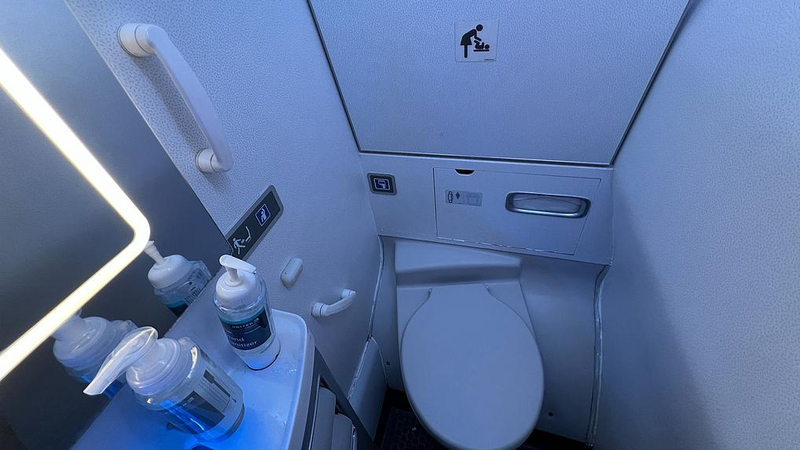High above the clouds, aircraft toilet wastewater may hold the key to monitoring antimicrobial-resistant (AMR) "superbugs" on a global scale. In a new study, researchers from CSIRO and partners analyzed wastewater from 44 international flights landing in Australia, uncovering a surprising diversity of high-priority pathogens and antibiotic-resistance genes.
Using advanced molecular techniques, the team detected nine priority pathogens—some linked to hospital-acquired, multi-drug-resistant infections—across flights from nine countries. Remarkably, a gene that neutralizes last-resort antibiotics appeared on 17 flights but was absent from Australia's urban wastewater, suggesting these resistance traits are arriving via international travel.
Geographic patterns also emerged: samples from flights originating in Asia carried higher concentrations of resistance genes compared to those from Europe. Five of the targeted pathogens turned up in every sample, highlighting the pervasive nature of AMR on global travel routes.
"Aircraft wastewater captures microbial signatures from passengers across different continents, offering a non-invasive, cost-effective way to monitor threats like AMR," explains Warish Ahmed, principal research scientist at CSIRO. The team confirmed that genetic markers remain stable in aircraft toilet disinfectants for up to 24 hours, making this surveillance approach both reliable and practical.
With AMR expected to cause more than 39 million deaths worldwide by 2050—surpassing cancer—early-warning systems are critical. The study suggests that regular testing of aircraft wastewater could complement existing public-health tools, much like COVID-19 wastewater surveillance did during the pandemic.
The research, detailed in Microbiology Spectrum and led by CSIRO in partnership with Xiamen University in the Chinese mainland, the University of South Australia, and Michigan Technological University in the United States, paves the way for a new layer of global health intelligence flowing high above our heads.
Reference(s):
Study suggests aircraft toilet wastewater could signal superbug spread
cgtn.com




